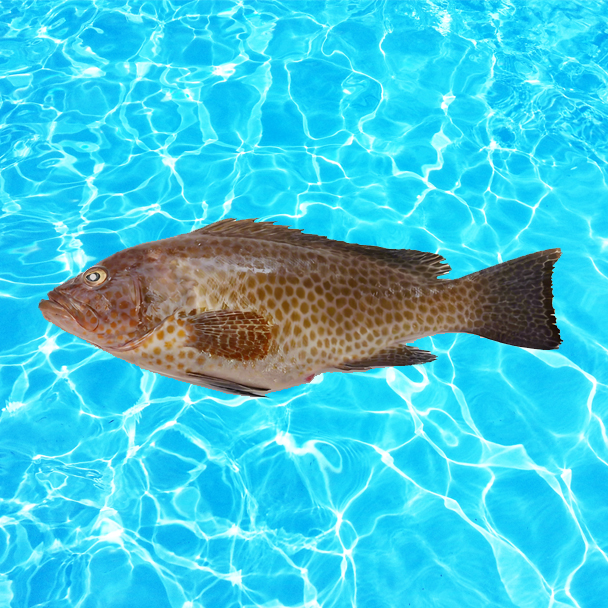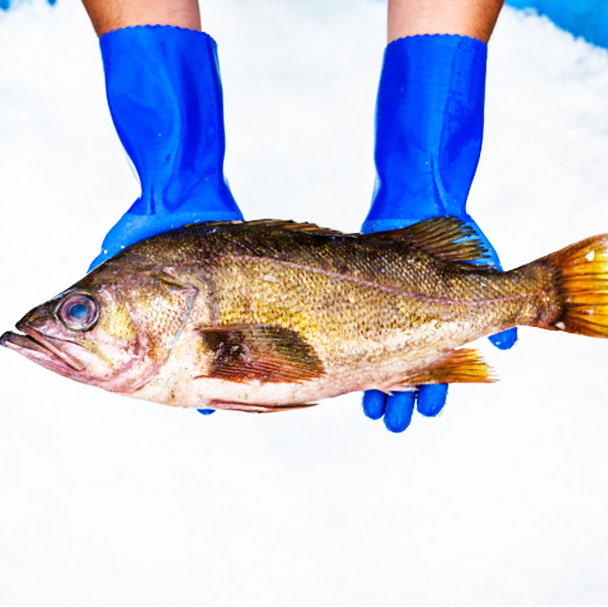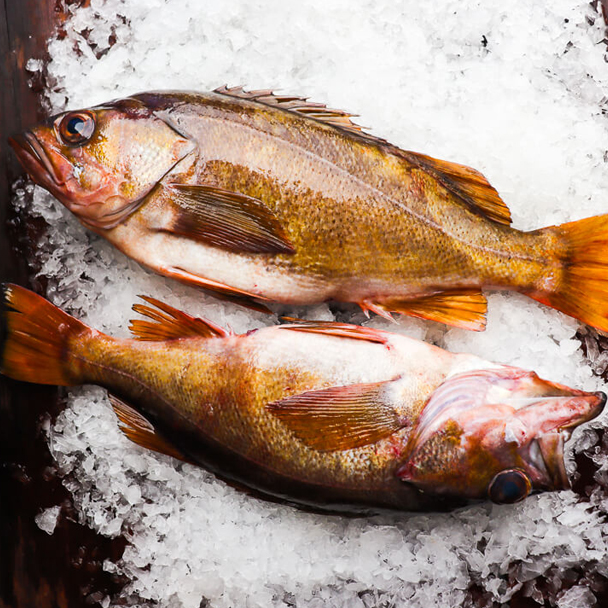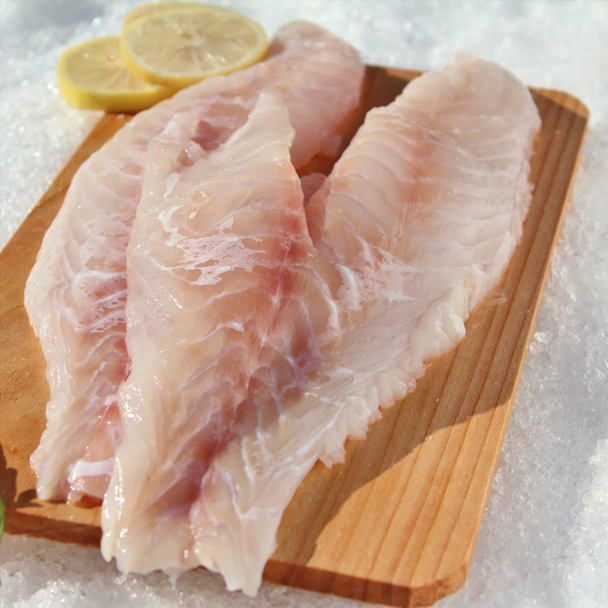








Groupers, scientifically classified under the subfamily Epinephelinae of the order Perciformes and family Serranidae, are widely distributed in tropical and subtropical seas, especially in the Indian and Pacific Oceans, including regions such as Southeast Asia, Japan, the South China Sea, and the coastal waters of Australia. These fish typically inhabit coral reefs, rocky reefs, and underwater caves, exhibiting a fierce predatory nature as large carnivorous fish.
Groupers have a large body, usually oval-shaped, with a big mouth and strong bite force. Their coloration varies, commonly featuring yellow-brown, gray-green, or dark brown tones, adorned with complex patterns of spots and stripes. Many species exist within this group. Adult groupers can grow up to two meters in length and weigh over 100 kilograms. Their flesh is firm and delicate, with a delicious flavor. Rich in high-quality protein, low in fat, and abundant in minerals, groupers are highly valued nutritionally.
Due to their slow growth and limited wild stocks, combined with their high economic value, groupers hold significant importance in fisheries and aquaculture worldwide. Especially in China, Japan, and Southeast Asia, groupers are prized seafood in high-end banquets and are important export products. In recent years, farmed grouper production has increased to meet market demand while helping to protect wild populations. Because of their excellent taste and rich nutritional profile, groupers are loved by consumers globally.
